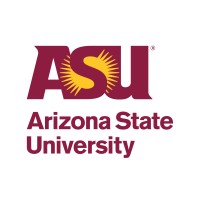
University of Missouri System
The University of Missouri System has provided teaching, research and service to Missouri and the nation since 1839. The university was the first publicly supported institution of higher education established in the Louisiana Purchase territory. Its philosophy of education was shaped in accordance with the ideals of Thomas Jefferson, who was an early proponent of higher education. Today, the University of Missouri System is one of the nation's largest and most prestigious public research universities, with more than 64,000 students on four campuses and hundreds of thousands served statewide through University of Missouri Extension and University of Missouri Health Care. The mission of the University of Missouri System, as a land-grant university and Missouri’s only public research and doctoral-level institution, is to discover, disseminate, preserve, and apply knowledge. The university promotes learning by its students and lifelong learning by Missouri’s citizens, fosters innovation to support economic development, and advances the health, cultural, and social interests of the people of Missouri, the nation, and the world.






